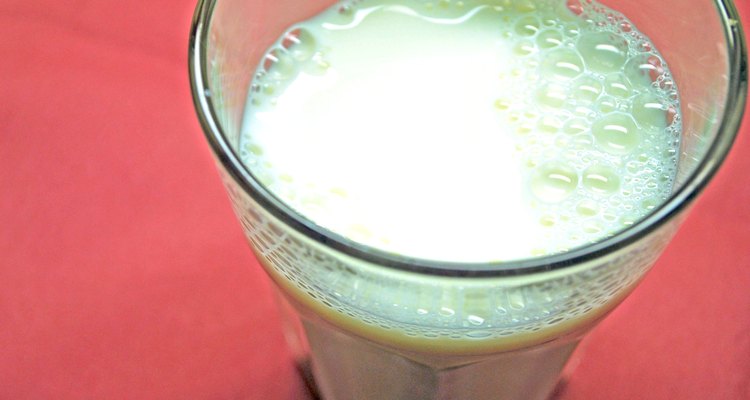
For centuries, people have used milk from cows and goats as a natural moisturizer for skin. The lactic acid in milk helps cleanse your face, removing dead skin cells and acting as a gentle exfoliant. Milk also contains nourishing proteins, amino acids and antioxidants that help keep your skin healthy. Soaking your face in milk might help beautify your skin, but it's not the most practical way to go about reaping the benefits. Instead, combine the milk with a couple other skin-friendly ingredients for a nourishing mask. Your skin will thank you with a healthy glow.
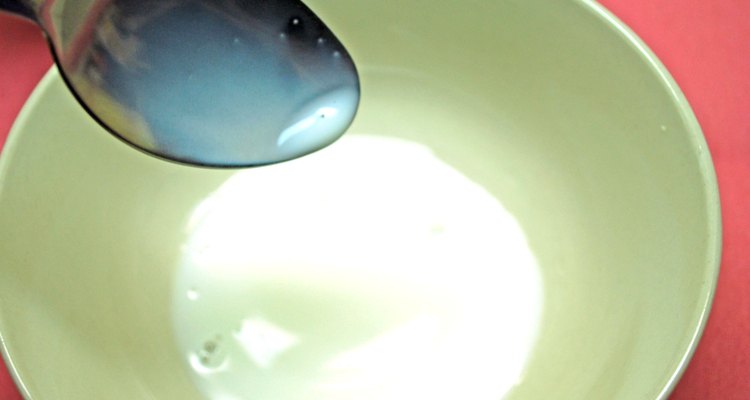
Measure 2 tbsp. of milk into a small bowl.
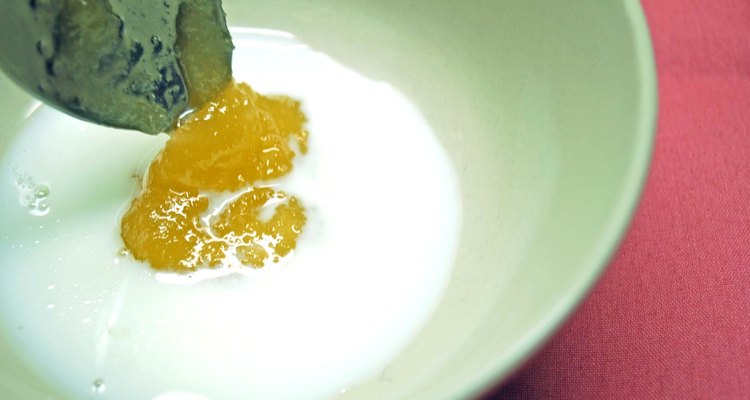
Add 2 tbsp. of honey and stir until blended.
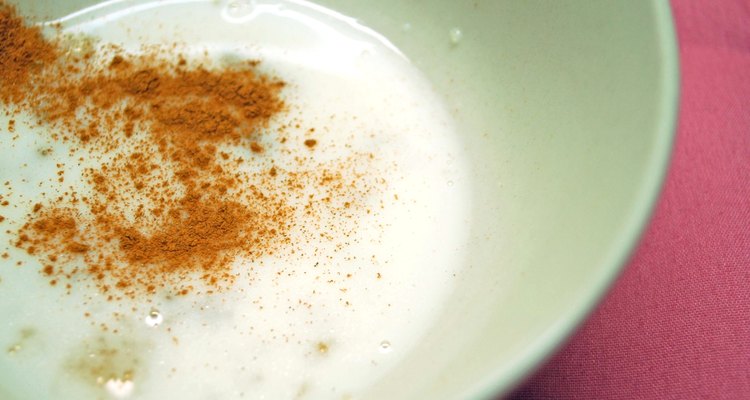
Add a dash of cinnamon. Stir, and add a bit more if you want a stronger scent.
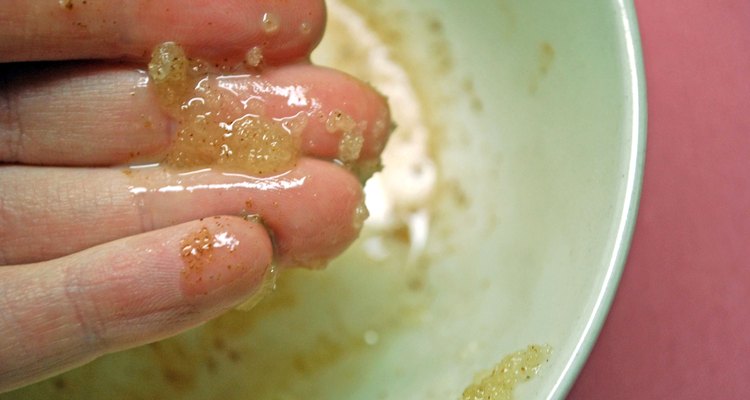
Lie down and use your fingertips to apply the mask to your face, avoiding the sensitive area around your eyes.
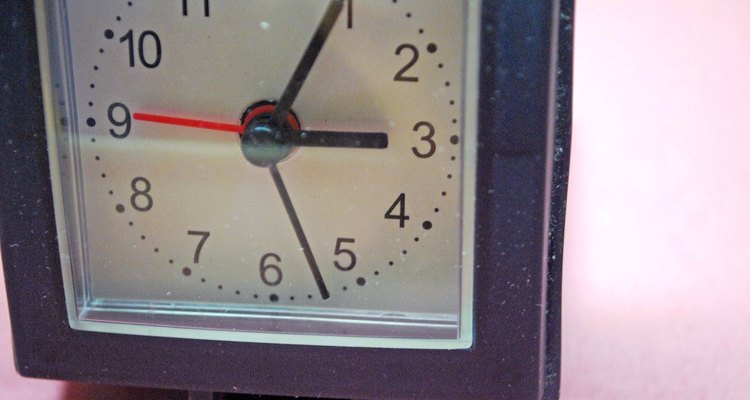
Leave the mask on for at least 10 minutes.
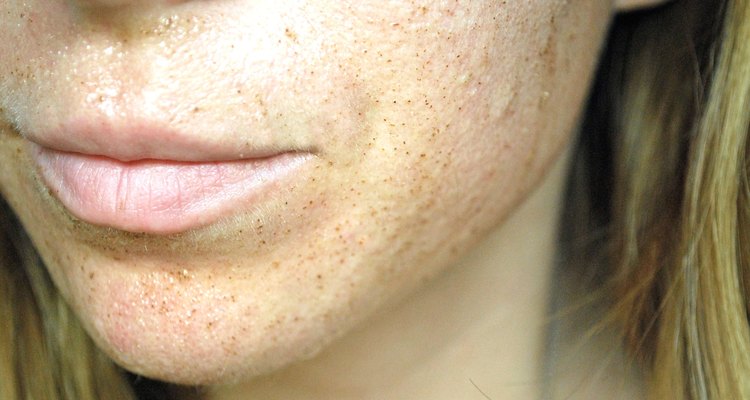
Rinse the mask off with warm water and a washcloth. Pat your face dry with a towel.
Related Articles
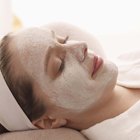
Oats and Honey Face Mask to Take Away ...
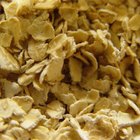
How to Make Facial Masks With Oatmeal & ...

How to Wash a Face With Powdered Milk

How to Wash Face With Soy Milk
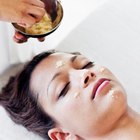
How to Make Body Scrub With Olive Oil & ...
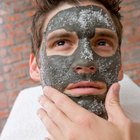
How to Make a Sugar Mask for Your Face
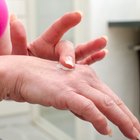
Can Putting Milk on Your Skin Get Rid ...

Avocado Masks for All Skin Types

How to Make a Lip Mask for Extremely ...
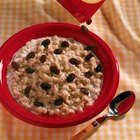
How to Make Quaker Oatmeal

Can Any Home Remedies Get Rid of Acne ...
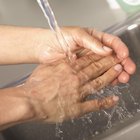
Soaking Dry & Chapped Hands in Milk
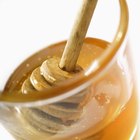
How to Exfoliate the Face With Honey
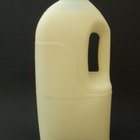
How to Make Creme With Alpha Hydroxy ...

How to Make Fresh Strawberry Frosting ...

How Do I Curdle Soy Milk With Lemon ...

Face Mask for a Swollen Face

How to Freeze Tzatziki
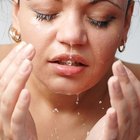
How to Repair Open Pores

Milk Protein for Skin Care
References
Writer Bio
April Fox has published articles about homeschooling, children with special needs, music, parenting, mental health and education. She has been a guest on Irish radio, discussing the benefits of punk rock on child development, and currently writes for several websites including Carolina Pediatric Therapy.
Photo Credits
Aleksandra Ozimek/Demand Media